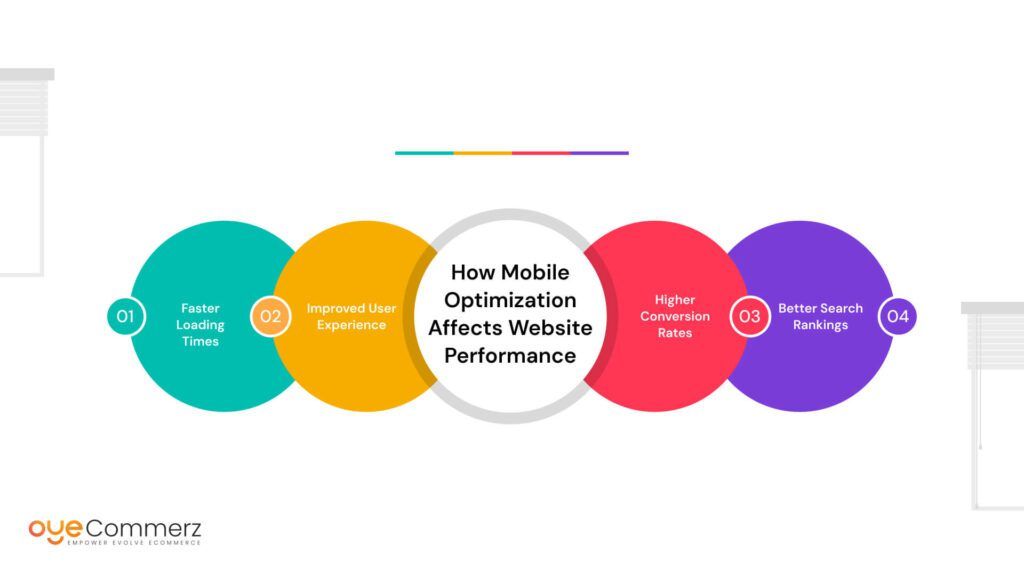In today's online landscape, selecting the right e-commerce solution is crucial for business growth. If you are presently utilizing Wix but thinking about a switch to Shopify, you are in good company. Numerous businesses are migrating to Shopify to take advantage of its powerful features, expandability, and dedicated e-commerce solutions. This guide will walk you through the transition process, ensuring a seamless move and preparing you for e-commerce success.
Why Migrate from Wix to Shopify?
Before diving into the migration process, it's essential to recognize why Shopify might be a better choice for your e-commerce needs:
- E-commerce Focus: Unlike Wix, which serves multiple use cases, Shopify is designed exclusively for e-commerce, providing advanced features and features optimized for online selling.
- Scalability: As your company expands, Shopify can easily accommodate increased visitor volumes and sales volume without sacrificing performance.
- Wide-ranging App Library: Shopify offers a large library of apps that can enhance your store's functionality, from marketing tools to stock control solutions.
- SEO Capabilities: Shopify provides superior SEO options, which can assist in boosting your store’s presence on search engines.
- Payment Options: With multiple payment gateways available, including Shopify Payments, you can provide customers a wide range of options.
Preparing for Transition
To ensure a trouble-free migration from Wix to Shopify, follow these preparatory steps:
1. Backup Your Data
Export all your information from Wix, including item information, customer information, and order history. This step is crucial as it guarantees you have a copy of all data before starting the transfer.
2. Select a Pricing Option
Evaluate the various Shopify plans offered and select one that aligns with your business needs. Take into account factors such as costs, features included, and scalability options.
3. Create Your Shopify Profile
Register your Shopify profile and familiarize yourself with the platform’s interface and tools.
The Transition Process
Now that you're ready, it’s time to transfer your store from Wix to Shopify. Here’s how:
1. Transfer Items
Use Shopify's built-in import tool or external tools like Cart2Cart or LitExtension to move your items from Wix to Shopify.
Ensure that product descriptions, images, prices, and variants are correctly transferred.
2. Migrate Client Information
Import customer information such as names and email addresses into your new Shopify store. This step is vital for retaining client connections and advertising strategies.
3. Configure Transactions
Set up transaction methods in your Shopify store to guarantee seamless payments. You can Analytics tools select from multiple platforms like debit methods, PayPal, and more.
4. Customize Your Store Design
Select a theme that reflects your brand identity. Customize it using Shopify's design tools to create an appealing and intuitive store layout.
5. SEO Optimization
Implement SEO strategies during the transition process:
- Configure 301 redirects from old Wix URLs to new Shopify URLs.
- Enhance item names, details, and photos with targeted search terms.
- Modify meta tags and alt texts for improved search engine visibility.
After Migration Steps
Once your store is live on Shopify, consider these post-migration steps:
1. Test Your Store
Conduct thorough testing of your new store:
- Verify item listings for correctness.
- Test payment processes.
- Ensure all links work correctly.
2. Launch Marketing Campaigns
Announce your new store launch through email newsletters and social media channels.
Consider offering special offers or sales to draw customers.
3. Track Your Progress
Leverage analytics tools within Shopify to track sales performance and customer behavior.
Adjust your strategies based on performance analytics.
Conclusion
Migrating from Wix to Shopify can substantially enhance your e-commerce capabilities and set the stage for growth and Shopify platform advantages success. By following this manual and taking a step-by-step approach to the migration process, you can ensure a seamless move that reduces downtime and boosts opportunities for sales. Embrace the change and see your online store thrive on its new platform!
